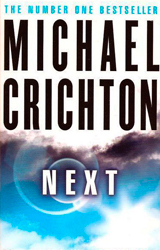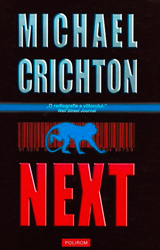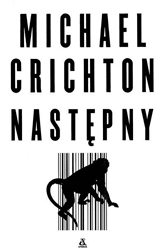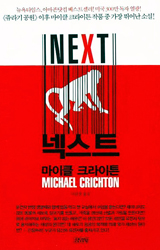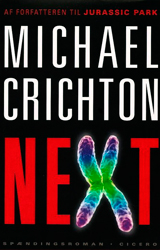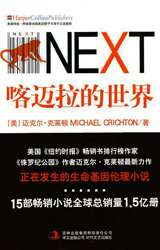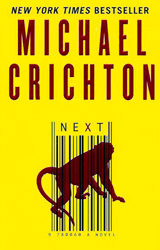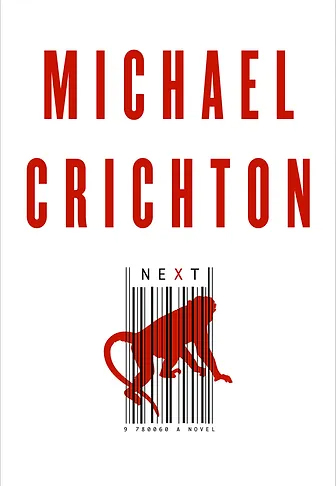Next
In His Own Words
Part of what interested me was the classic issue of nature, nurture —how our understanding of our genetic material now that it’s all been decoded mostly and we really have a better understanding of how we interact with it, how it interacts with the environment. So what is the deal with nature, nurture? I mean it’s been a debate for my whole lifetime and it turns out to be enormously complicated and really interesting and I start to envision the Genome as a kind of cloud that is interactive with the environment and it’s really interesting.
That’s just my idea. No one else holds it. And part of that leads me to think I want to do the book to be in a way analogous to the Genome. The genome accumulates bits and pieces of genetic material over time. They get viruses. They get incorporated and so I start incorporating a fair number of things that are just true stories that I stick in the book.


Synopsis
Welcome to our genetic world.
Fast, furious, and out of control.
This is not the world of the future—it’s the world right now.
Is a loved one missing some body parts? Are blonds becoming extinct? Is everyone at your dinner table of the same species? Humans and chimpanzees differ in only four hundred genes; is that why a chimp fetus resembles a human being? And should that worry us? There’s a new genetic cure for drug addiction—is it worse than the disease?
We live in a time of momentous scientific leaps, a time when it’s possible to sell our eggs and sperm online for thousands of dollars and to test our spouses for genetic maladies. We live in a time when one-fifth of all our genes are owned by someone else—and an unsuspecting person and his family can be pursued cross-country because they happen to have certain valuable genes within their chromosomes….
The future is closer than you think.
From the Archives


In 2005, Michael Crichton returned to the Salk Institute for Biological Studies in La Jolla, where he had done postdoctoral work, to attend a conference on Genetics and Law sponsored by the Jefferson Institute. He was surprised and outraged by what he learned about the current laws regarding a range of issues in genetics. He immediately put aside what he had been working on, and began research for the book that became Next. He modeled the structure after the genome itself incorporating fragments of popular culture, wrote a series of stories that sometimes interconnected, and sometimes didn’t. The result was a very atypical novel.
Reviewer response was positive. Publisher’s Weekly called it
“an ambitious effort to show what’s wrong with the U.S.’s current handling of gene patents and with the laws governing human tissues…few can match Crichton in crafting page-turners with intellectual substance.”
NPR liked the
“fascinating dramatic situations that hold a reader’s attention down to the last page.”
The Wall Street Journal referred to
“his uncanny prescience in choosing subjects where fact will soon catch up with his fiction…He makes five eminently sensible policy suggestions…they might chafe some biotech companies, but they are essentially pro-market and pro-research.”
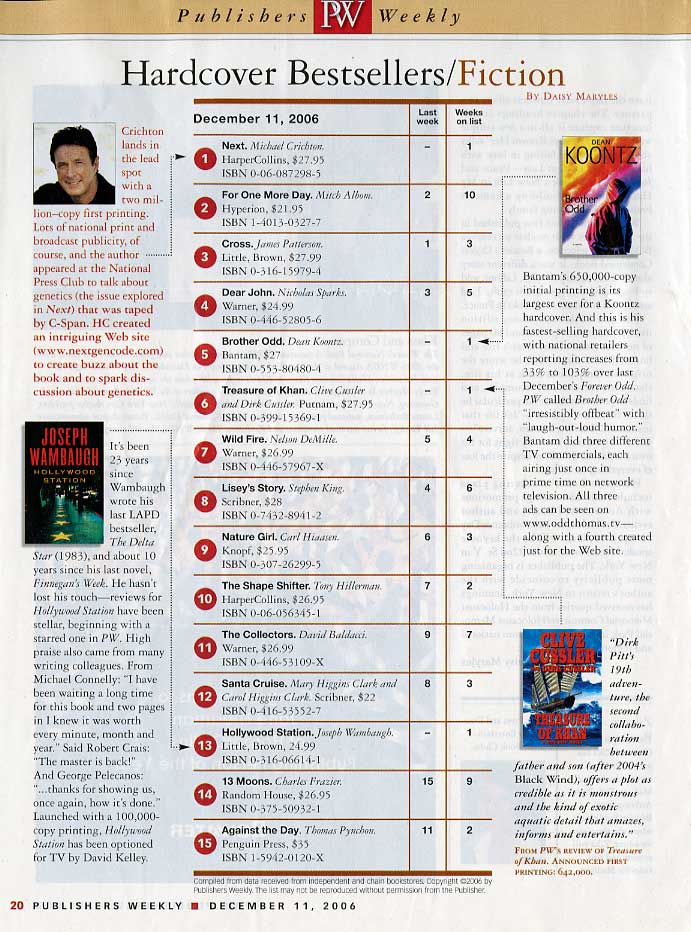

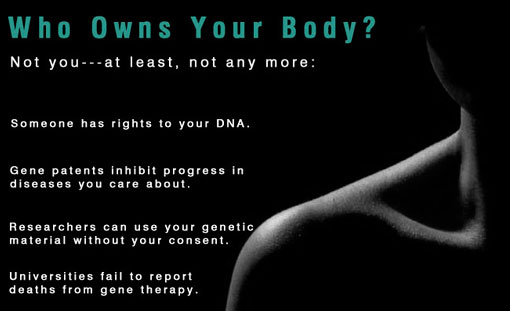

Policy
In 2007, a conference was held on “Legal and Ethical Issues in Michael Crichton’s Next“ at the Chicago-Kent College of Law. The participants examined the legal status of and disputes over the human body, and discussed potential policy, legislative or other legal solutions. The discussion touched upon the commercialization of academic science, conflicts in biomedical research, and gene patents.
In early 2007, Xavier Becerra (D-Calif) and Dave Weldon (R-Fla) introduced legislation to ban gene patents—HR. 977, the Genomic Research and Accessibility Act.
As in several previous books, Michael Crichton put his own personal conclusions at the end of the book, in a separate section.You can read that section here: Author’s Note from NEXT
Viral Marketing Campaign
for Next
Fact vs. Fiction
Many reviewers and some journalists have been unclear about what parts of Next are fact, and what is fiction. The usual response has been to assume that the most outrageous elements in the narrative are fiction, yet many are not. Here is a list of what is real:
Although some attorneys have found this idea far-fetched, in fact lawyers for UCLA threatened to do exactly that in the famous case of John Moore (1980.)
Research reported accurately in the novel.
A straightforward summary of the state of research, and the scandal involving Korean researcher Hwang.
More than fifty have been discovered in the last decade, initially as a result of a paternity dispute.
Thefts described in the book have been reported around the world.
A fabricated story reported by the BBC, debunked by the Washington Post and more thoroughly by the excellent site snopes.com. Eventually the World Health Organization felt compelled to issue a press release. That didn’t prevent the Times of London from repeating the story a couple of years later. (Best debunking headline: “Blondes Extinction Report Is Pigment of Imagination,” from the Times of India.)
A well-known cause of death from gene replacement therapy.
As reported by MIT.
As described.
Identification of several such behavioral genes has been claimed, invariably with fanfare. However (as the novel says) nobody has ever proven that a single gene causes a single human behavioral trait..
Created by artist Laura Cinti, as described. A subject of ongoing controversy.
Created by Eduardo Kac, as described. The French lab that made the rabbit would not turn it over to Kac, however.
Created as described.
Created and marketed as described.
There is at least one gray parrot with a claimed vocabulary of more than 950 words, but it is not transgenic.
All have been reported, none have been subsequently verified.
Reported by Times of London.
Reported accurately.
Report of work of Dr. Bruce Charlton. Quotes are accurate.
A real business (now bankrupt) that offered to clone dead pet cats.
World-wide phenomenon, began several years ago.
Happens all the time.
So claimed at more than one university.
The named universities have indeed been caught.
Proposed by an artist, who put photographs on the Internet.
A Swiss artist created, and sold, a bar of soap from what he claimed was Berlusconi’s liposuctioned fat.
Peter Bethune built a speedboat powered by fat, obtained in part from his own buttocks.
Marco Evaristti made meatballs from his own liposuctioned fat, ate some of them, and said he would sell the rest. It’s not known whether he did so.
Published research of anthropologist Peter Frost accurately reported.
Book Covers
